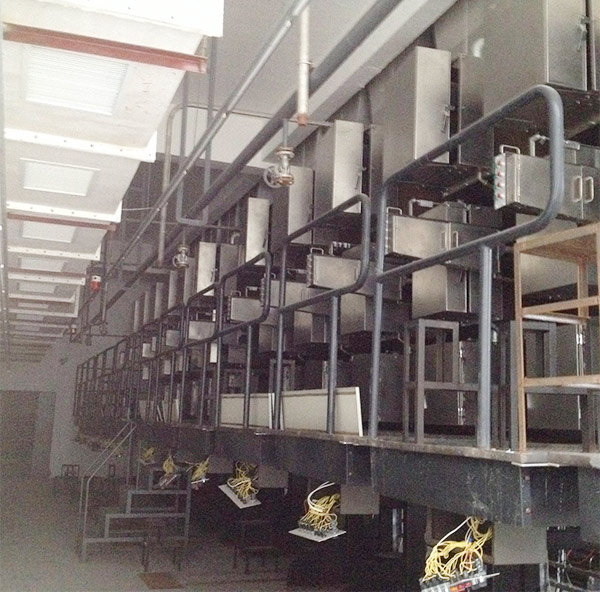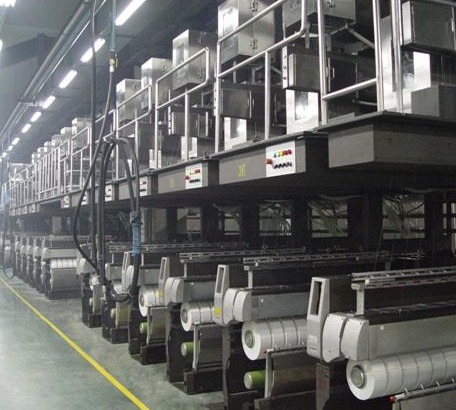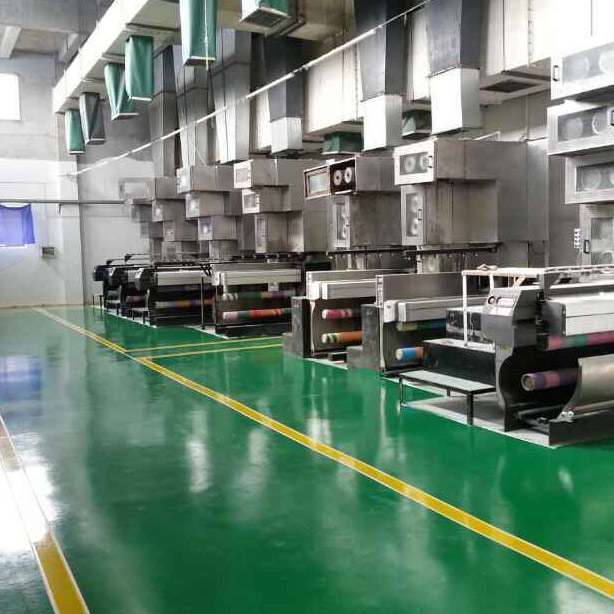- Polypropylene spinning machine
- Polypropylene FDY equipment
- Polyester POY spinning machine
- Polyamide FDY common and high strength equipment
- Polyester FDY equipment
- Polyester high strength equipment
- polyester、Polyamide、 Polypropylene BCF equipment
- Small spinning machine
- All kinds of spinning special parts
- Minor Snow moistens the cold, craftsmanship weaves warmth: An Analysis of the Core Temperature of Polypropylene Spinning Machines
- The second Smart Fiber and Flexible Wearable Technology Exchange Conference was held in Nantong, Jiangsu Province
- Textile News: Takeout windbreakers are popular both at home and Abroad, and AI design breaks through the circle to help the Textile Industry Welcome the Peak Season!
- The 6th Liaoning Province Textile and Materials Graduate Forum and Textile Young Scholars Forum was held at Dalian Polytechnic University
- During the cool weather, polypropylene FDY spinning machines facilitate efficient production

- Contact:Mr. Huang Guofu
- Cel:0086-13901505556
- Fax:0086-519-83341119
- Email:czfb5556@126.com
- Add:No. 288-8 ChangLi Rd, Huangli Town, Changzhou, JS PRV.
1. Chemical modification of polyester POY spinning. The so-called chemical modification technology refers to the use of meta-acid in the polymerization process or the addition of the third component, polymerization to obtain low crystallization rate of chemical modified polyester, high-speed spinning line fiber orientation and crystallization development is reduced. The purpose of chemical modification is to reduce the molecular weight of molecules and molecules between the molecular chain, so the need for greater stress to get the same degree of crystallinity, which is the first attempt to high-speed spinning POY silk used in a method.
2. Physical modification of polyester POY spinning. The so-called physical modification technology refers to the use of conventional polyester raw materials, through the process of improvement and mixing additives and other methods to achieve the purpose of improving the speed of polyester POY spinning, in which the role of additives and additives and polyester blends with the dispersion close relationship. An additive is added to the melt spinning to add the additive to the polymer melt.
3. Polyester POY spinning changes the melt spinning process. The method is based on the fact that 70% of the spinning stress in the high speed spun process comes from the air resistance and significantly reduces the air between the filament and the side blowing (quench air) by accelerating the side blowing to parallel with the spinning tow friction. Compared with the current side of the blowing process (side of the hair gently around the new filament) compared to the new process using the quenching gas along the axis of the beam blowing, and ultimately speed up the tow in the direction of the spinning speed.
Fubon Machinery Polyester POY spinning machine uses the most advanced technology, can maximize the spinning speed.
- The second Smart Fiber and Flexible Wearable Technology Exchange Conference was held in Na
- Minor Snow moistens the cold, craftsmanship weaves warmth: An Analysis of the Core Tempera
- Textile News: Takeout windbreakers are popular both at home and Abroad, and AI design brea
- The 6th Liaoning Province Textile and Materials Graduate Forum and Textile Young Scholars
- During the cool weather, polypropylene FDY spinning machines facilitate efficient producti
- The Start of Winter has arrived. May you have a safe winter! Fubang Chemical Fiber Machine
- The National Alliance of Model Workers and Skilled Craftsmen Innovation Studios in the Tex
- Polypropylene FDY Spinning Machine: Technical Features and Application Fields
- On the Chongyang Festival, we respect the elderly and pass on warmth. Fubang Machinery wis
- The professional attire supply and demand matching conference builds a platform for indust




